The History of Bauhaus: A Legacy of Design and Innovation

The Foundation of Bauhaus
Founded in Germany in 1919 by visionary architect Walter Gropius, Bauhaus revolutionized the realms of applied arts and fine arts by merging them into a cohesive movement centered around design and efficiency. The Bauhaus philosophy, epitomized by the principle “form follows function,” has influenced the design of buildings, products, and art in ways that continue to resonate today.
Walter Gropius and the Gropius House
1938, Lincoln, Massachusetts – After fleeing Europe, Walter Gropius and his wife settled in Massachusetts, where Gropius began teaching at Harvard’s Graduate School of Design. His self-designed home in Massachusetts, a beacon of Bauhaus design principles, initially appeared out of place to Americans unfamiliar with this innovative approach. However, the Gropius House has since become a landmark of modernist architecture in the United States.
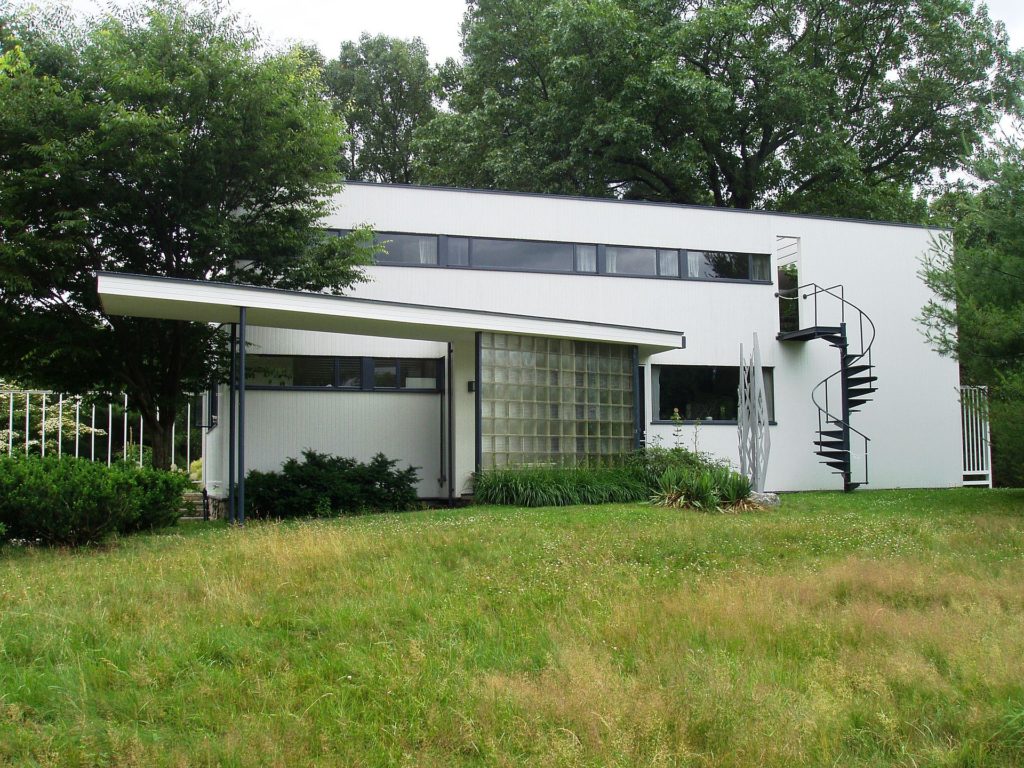
How Bauhaus Redefined Design
Bauhaus encapsulated everything the design movement stood for, bringing arts, crafts, and industry to form a single masterpiece. It would be an understatement to say that the current state of the graphic design industry and architecture design owes a lot to the Bauhaus movement. The movement sought to embrace the 20th century in a way that allowed necessities like buildings, furniture, and design, to be completed in a more functional yet effective way.

The Bauhaus belief ties in the artist and the craftsman and focuses on the productivity of design. Bauhaus’ vision was to embrace new technological developments unifying art, craft, and technology. With many design movements throughout our history, the outcomes can appear outdated over time. The Bauhaus philosophy has had a constant influence on all forms of design. This movement has impacted everything from design and typography to furniture and buildings and has influenced countless designers and architects worldwide through the decades. 100 years later, and the Bauhaus principles, trends, and designs still hold. The Bauhaus can still be experienced in many places throughout the United States and worldwide.
Bauhaus in America: Black Mountain College

1933, Asheville, North Carolina – The Black Mountain College, a school with a similar Bauhaus design education program, was opening its doors in the United States, just as The Bauhaus was closing its doors in Berlin. Its integrated design approach marked it as a prominent part in American art history and avant-gardism.
The New Bauhaus: László Moholy-Nagy and Mies van der Rohe
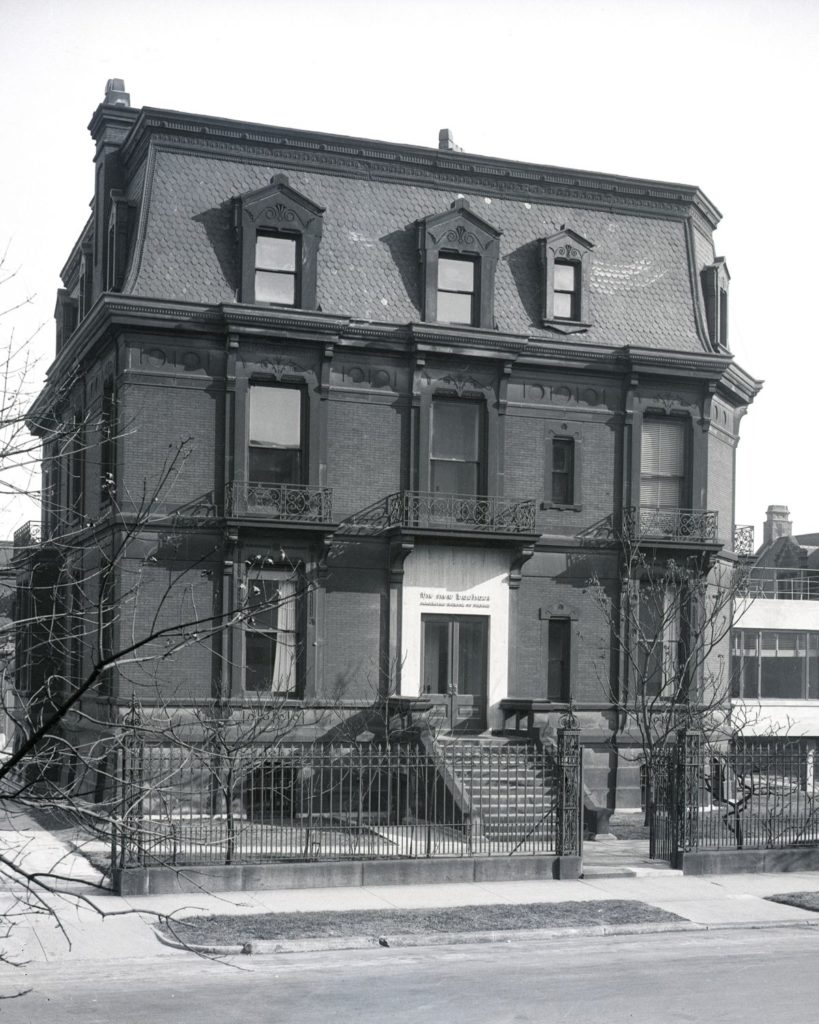
1937, Chicago, Illinois – One of the biggest Bauhaus-inspired structures in the US is The New Bauhaus. Moholy-Nagy moved to the United States after teaching at Bauhaus from 1923-1928 and found the New Bauhaus. Towards the mid-20th century, the school became part of the Illinois Institute of Technology. Its most notable structure is considered to be the Crown Hall, which became home to the design school in 1955.
Aspen Institute, Herbert Bayer and Fritz Benedict
1949, Washington D.C. – In 1945, Chicago businessman Walter Paepcke contacted Bauhaus artist and architect Herbert Bayer, who had designed and built a Bauhaus-inspired residence near Aspen, in the Roaring Fork Valley. Both imagined a place where creative minds could gather. Bayer took the surrounding landscape and created an architectural response to it.
The Alan I.W. Frank House, Walter Gropius and Marcel Breuer
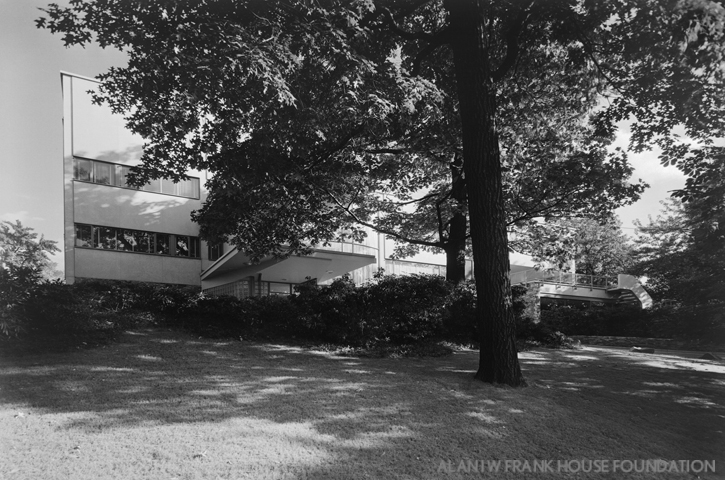
1940, Pittsburgh, Pennsylvania – When the duo began teaching at Harvard’s Graduate School of Design, they were commissioned by Frank’s father to build him a family house. Their designs were not just limited to the architecture itself but to the fittings and furniture, making the residence a truly unique, and Bauhaus-inspired property.
Bauhaus-inspired fitted kitchens
Georg Muche designed the first fitted kitchen in 1923. Muche was one of the youngest Bauhaus masters. The Haus am Horn, or “dream house” was designed for himself and his wife. Margarete Schütte-Lihotzky was the first female to create a fitted kitchen, designing it to cut the time devoted to household chores during the 1920s. Lihotzky sought to improve the living conditions of the working class, along with a functionally oriented approach to architecture.
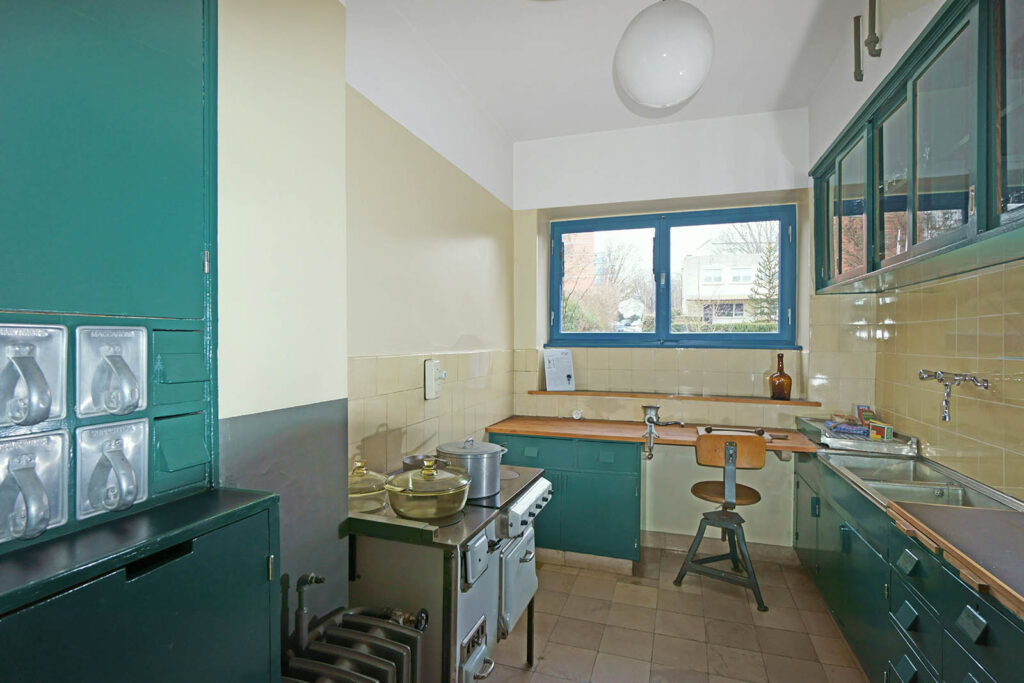
Credit: Ernst-May-Gesellschaft Frankfurt am Main / Reinhard Wegmann
Her design layout was inspired by the kitchens in train-dining cars, with the most important items always within reach, and many devices intended to help shorten the work process. Surfaces were painted blue-green because scientists claimed the color repelled flies. Her principles and design ideas are similar to those of the Bauhaus movement.
Renewed Appreciation of Functional Form
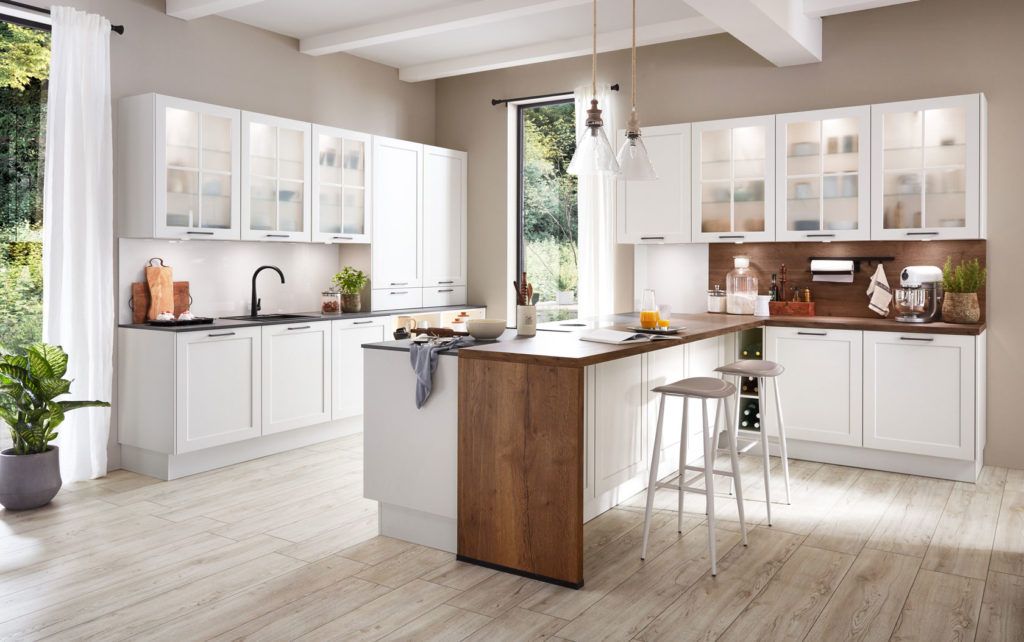
For over 70 years, European kitchen furniture makers have refined their designs, embodying the Bauhaus ethos of “form follows function.” Today’s kitchen designs incorporate advanced materials and technologies to create efficient, user-centered spaces. Nobilia, for instance, merges modern kitchen, living, and dining spaces into a cohesive, contemporary living environment, embracing the Bauhaus concept of simplified, functional design.
nobilia European Kitchen Furniture – Bauhaus-inspired
nobilia embodies the Bauhaus tradition by integrating systematic design concepts, technology, and efficiency. By focusing on purpose and functionality, nobilia creates highly practical spaces. This holistic approach to design ensures that every element in your home serves a purpose, promoting a more simplified and sustainable way of living.
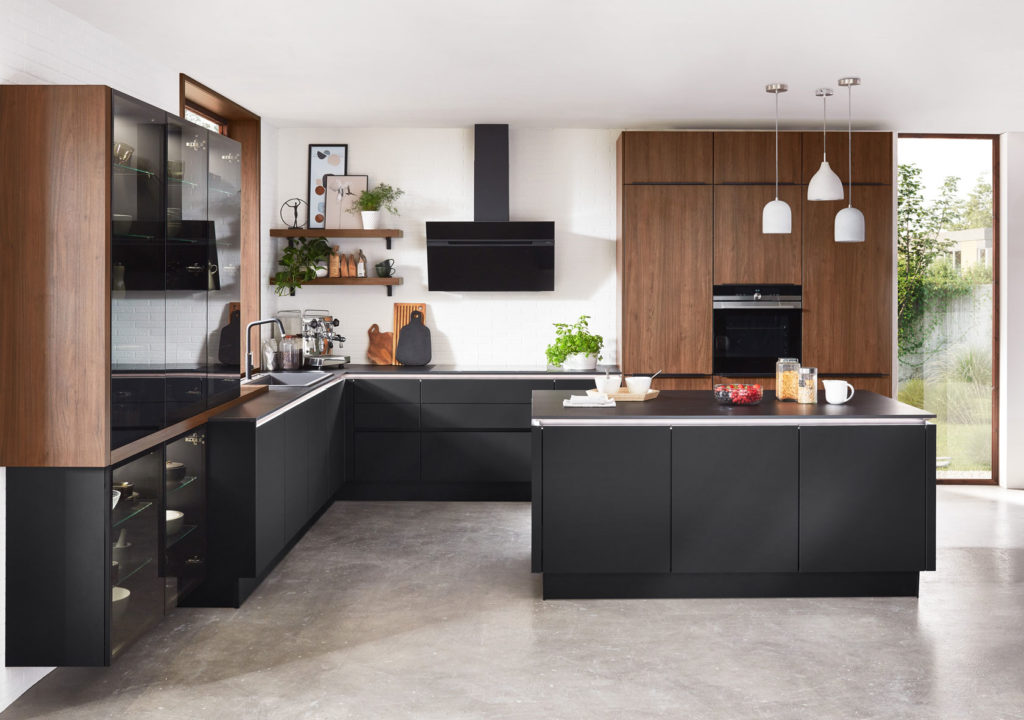
Incorporating smart technology and sustainable materials, nobilia’s designs reflect the ongoing influence of Bauhaus principles, ensuring that your kitchen is beautiful, functional, and energy-efficient. Experience the timeless appeal of Bauhaus with nobilia European Kitchen Furniture.